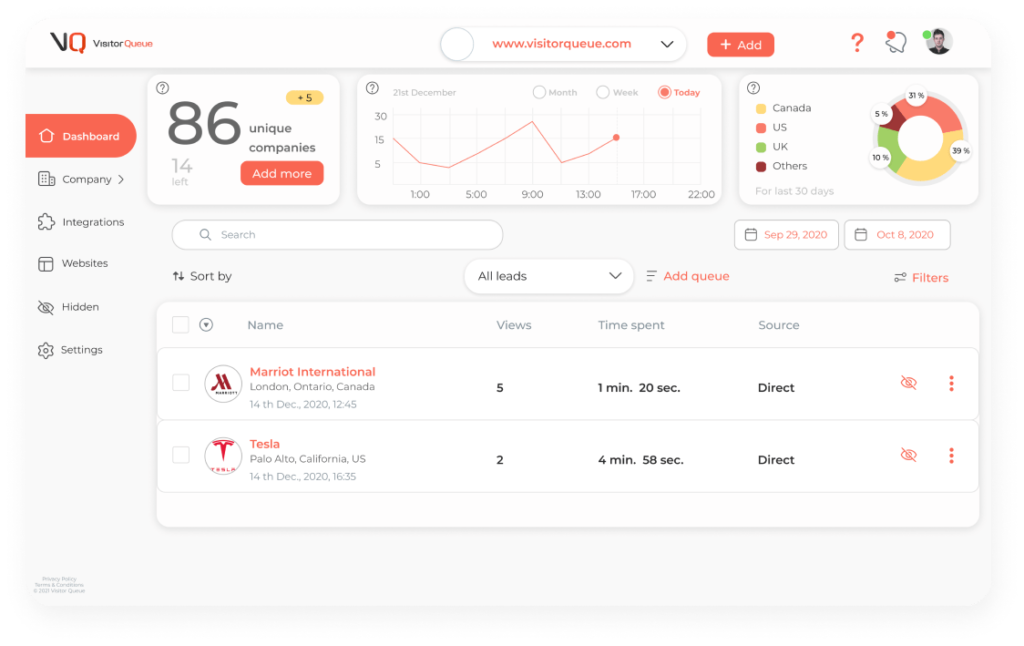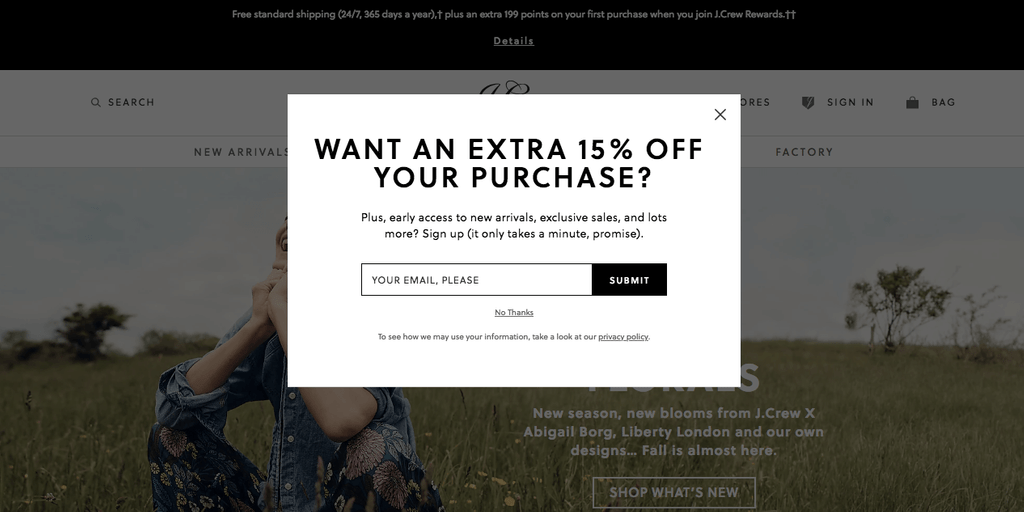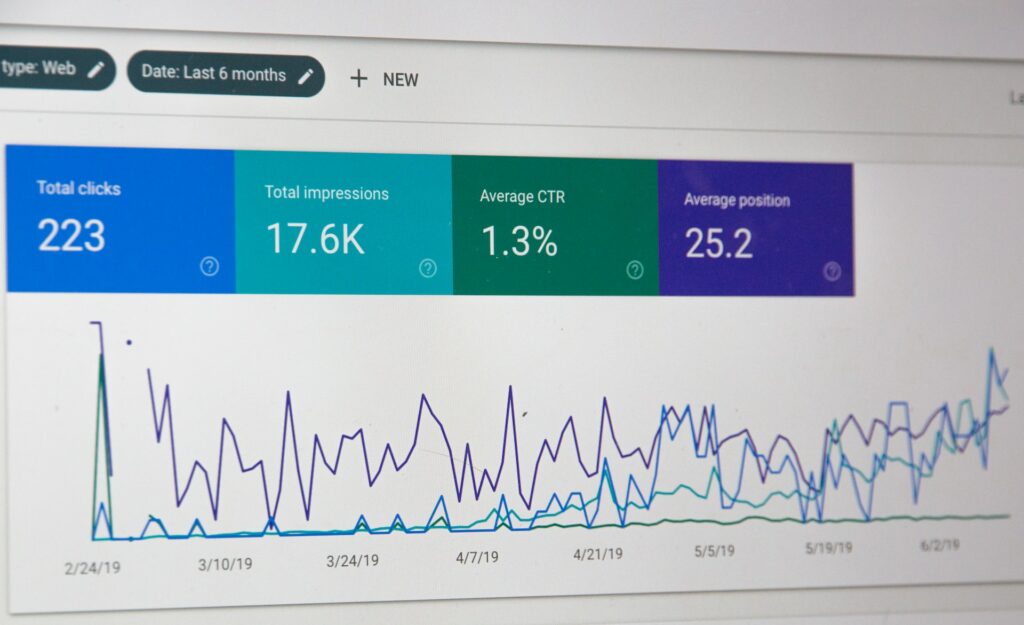We are all looking for new ways to generate leads. But, are you properly utilizing your website to generate leads? And yes, I mean more than just contact forms to collect contact information. There are a number of ways to optimize your website for lead generation, far past typical contact forms on a landing page. Below are the top ways to optimize your site with lead generation in mind.
SEO Content
While the physical words on your website may not seem like they are generating leads, if your website is not attracting visitors, how are you going to convert them on your landing pages? Optimizing your website with search engines in mind can help increase the traffic going to your site, which can increase the likelihood of your forms and other calls to action converting. Adding meta keywords, metadata, meta descriptions, ALT text, and other content can help your website attract the right audience.
Identify Your Website Visitors
Wouldn’t it make your lead generation much easier if you could just identify your anonymous website visitors? With Visitor Queue, you can. By adding the Visitor Queue tracking script to your website, you can find out what companies are on your website, how they got there, what pages they viewed, and how long they spent on each page. Additionally, we identify employee contact information including email addresses, phone numbers, and links to their LinkedIn pages. You already know they’re interested in what you have to offer, we just give you a way to reach out. Start your 14-day free trial of Visitor Queue today and stop losing leads.

Calls to Action
Adding relevant and enticing calls to action throughout your landing pages is essential. Calls to action, or CTAs, appear in the form of a button or link that takes visitors to take a specific action. A few examples of CTAs that you could add to your website are signing up for a free trial, signing up for a newsletter, downloading a resource, or booking a demo. You should have a CTA button above the fold, meaning as soon as someone lands on your website, they will see the CTA before they scroll down. And, you should also have one closer to the bottom of your landing page, since if someone scrolls to the bottom of the page there’s a good chance they’re interested.
Exit Intent Pop-Ups
Using exit intent pop-ups that appear when a visitor is about to leave your site can entice them at the last second. Offer a last-minute incentive, like a discount or valuable resource, to capture their attention and encourage them to stay on your website and engage further. In fact, according to ReferralCandy, exit intent pop-ups have a 4-5% conversion rate. This may not seem high, but it’s higher than typical landing page conversion rates.

Add a Live Chat
Adding a live chat to your website can answer your visitor’s questions in real-time or via a tree of responses to frequently asked questions. This interactive element can not only provide customer service to prospects, but it can also collect user contact information. You can then add their contact information to your CRM and follow up to ensure their questions were answered and if they need more help.
Social Proof
Display customer reviews, testimonials, case studies, and client success stories on your website. Providing this social proof builds trust and credibility, making your website visitors more likely to become leads. If you’re looking to generate more case studies and testimonials from your clients, check out otrillo. otrillo is a software that helps companies collect video and written case studies that they can then use on their website, social media, or advertising.
Personalize Your Landing Pages
Personalization is how you can stand out from your competitors. Visitor Queue also allows our users to personalize their landing pages based on company firmographics like location location, industry, employee count, and more. This can help you show your website visitors a customized view of your website so they will be more likely to convert on your website. When you think about it, an SMB doesn’t want to see the same content on your website as an enterprise-sized company with a few hundred employees.
Gated Content
Gated content, like eBooks, whitepapers, templates, checklists, or webinars, is locked behind a wall asking for contact information. As an example, if a website visitor wanted to download your eBook, they would have to enter their name, email address, and company name in order to access it. When the lead submits their information for the content, you can send them straight to your CRM to follow up with.
A/B Testing
Unfortunately, there is no one-size-fits-all solution to generating leads on your website. This is where A/B testing can help. Essentially, this means that you can move around your calls to action, test out different wording for your H1, or switch up other lead gen aspects of your website. You’d be surprised how making little changes can make a big difference. If you’re seeing that a certain landing page is not getting a lot of conversions compared to how many visitors it’s getting, then it may be a good idea to try out a different CTA. Make this switch for a few weeks, and compare if you’re getting any more conversions. It may take more than a few weeks but try not to go over three months.
Keep Track of Analytics
When you are optimizing your website, it’s essential that you track analytics and measure the success of your initiatives. If you’re not tracking your analytics, then you are going in blindly to your marketing strategy. It’s important to set goals and expectations for each marketing initiative that you take on. It can be helpful to use Google Analytics or Visitor Queue to track conversions like button clicks to compare month-over-month clicks.

Use Your CRM
The last thing that you’ll need to keep in mind when optimizing your website for lead generation is to take advantage of your CRM. Whenever a lead submits their contact information on your website, it should go straight to your CRM and into a drip campaign that aligns with how they converted. As an example, if someone converts on your website on an eBook page, you can send them content that aligns with the content in the eBook, as well as how your company will solve a problem they are facing. It can be a bit of work to get these automations and email drip campaigns built out, but once you create them they are easy to maintain.
Final Words
As you can see, there are a number of ways that you can optimize your website for lead generation. If you’re not sure where to get started, I would recommend focusing on optimizing your website for search engines. From there, the types of lead generation that you add to your website will depend on your business goals, content offers, and other factors. It can also be helpful to take a look at what your competitors are doing on their website. As always, if you have any questions about Visitor Queue for lead generation, do not hesitate to reach out.
 Identify
Identify Personalize
Personalize Benchmark
Benchmark Agencies
Agencies Integrations
Integrations Case Studies
Case Studies Use Cases
Use Cases Blog
Blog Resources
Resources









